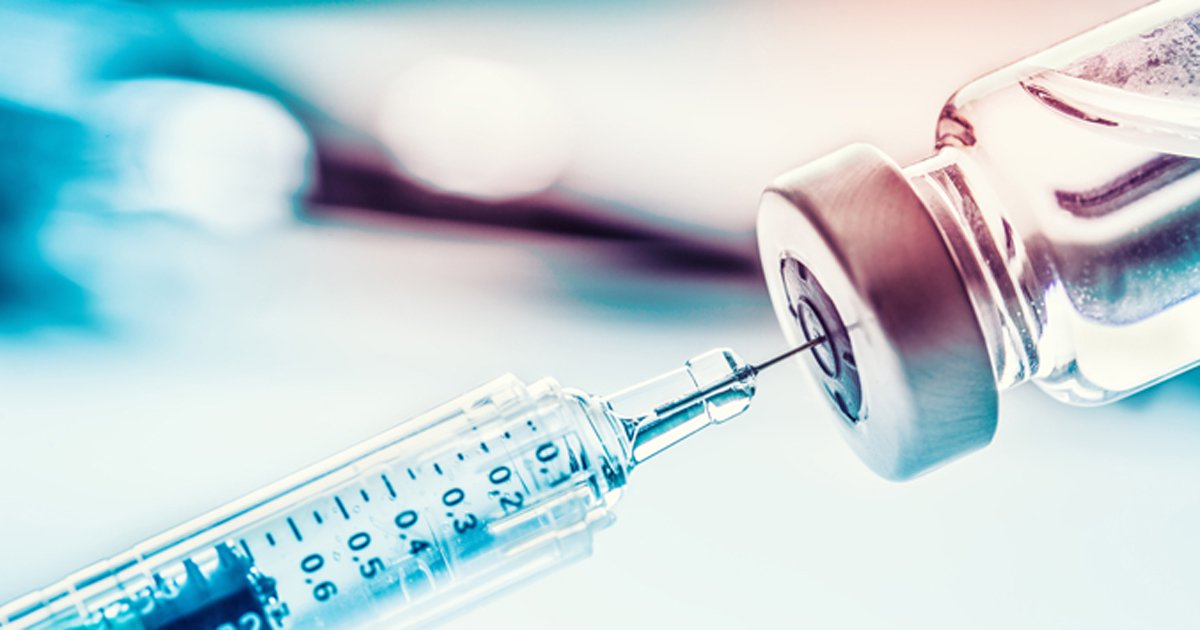Insulin sensitivity, adiponectin level may predict insulin therapy response in youths with type 2 diabetes
A cohort of youths with obesity and type 2 diabetes who initiated insulin therapy experienced highly variable HbA1c outcomes, with greater insulin sensitivity and higher adiponectin levels associated with improved glycemic response, according to an analysis of the TODAY study.
“In the Pediatric Diabetes Consortium clinical registry, youth with type 2 diabetes who required insulin therapy continued to have worse diabetes control over time compared with those who maintained glycemic control on metformin alone,” Fida Bacha, MD, associate professor of pediatrics and nutrition at Baylor College of Medicine in Houston, and colleagues wrote in the study background. “The factors associated with glycemic control on insulin therapy in youth with type 2 diabetes and poor glycemic control on metformin are not well understood.”
The TODAY study, a randomized controlled trial designed to assess the efficacy of treatment options for young adults with type 2 diabetes, provides a “unique opportunity” to examine the effects of insulin therapy in youths with type 2 diabetes, the researchers wrote.
“Our previous evaluation of risk factors for glycemic failure in TODAY indicated that higher failure rates were associated with beta-cell dysfunction, higher HbA1c at randomization and African American race,” the researchers wrote. “In addition, the change in total and high molecular weight adiponectin concentrations over the first 6 months post-randomization in TODAY was predictive of the responsiveness to oral diabetes therapy.”

Bacha and colleagues analyzed data from 253 youths aged 10 to 17 years with obesity and type 2 diabetes for at least 2 years participating in TODAY (enrolled between July 2004 and February 2009) who had a mean of 3.9 visits since initiation of insulin therapy (64% girls; mean age at randomization, 14 years; mean HbA1c at insulin initiation, 10.1%). Insulin glargine was titrated up to 1 U/kg per day (maximum, 100 U) until fasting glucose levels measured by self-monitoring reached 70 mg/dL to 150 mg/dL. Add-on insulin glargine therapy was considered unsuccessful if titration of therapy did not bring fasting blood glucose to target within 1 month or if HbA1c was greater than 8% at 3 months or 7% at 6 months. At that point, insulin therapy — including adding rapid-, short- or intermediate-acting insulin — was provided at the clinician’s discretion, the researchers wrote.
Researchers stratified participants into three groups according to glycemic response: consistent decrease in HbA1c by at least 0.5%, an HbA1c change of less than 0.5% and a consistent increase in HbA1c by at least 0.5%, at 75% or more of visits. Researchers evaluated change in HbA1c after add-on insulin therapy was initiated and the factors predictive of glycemic response.
Within 1 year after initiation of insulin therapy, 33.2% of participants experienced a consistent HbA1c decrease of at least 0.5%, 46.2% experienced a change in HbA1c of less than 0.5%, and 20.6% experienced an increase in HbA1c of at least 0.5%. There were no between-group differences in age, sex, race, pubertal stage, BMI z score, diabetes duration or insulin secretion indices.
Researchers found that consistent HbA1c improvement was associated with higher insulin sensitivity at randomization and at time of insulin initiation and with higher adiponectin levels at randomization. There was no association between HbA1c improvement and indices of beta-cell function.
“Among the physiologic variables, higher insulin sensitivity and adiponectin levels and not residual beta-cell function, BMI, sex, ethnicity or diabetes duration, appear to be associated with improved glycemic control on insulin therapy,” the researchers wrote. “Due to limited information on adherence to insulin injections, it remains unknown to what extent adherence to the prescribed insulin regimen and psychosocial factors played a role. Our findings support the need for more aggressive therapy in youth with type 2 diabetes.”
The researchers noted that the trial was not designed to test an intensive insulin dosing regimen, insulin therapy was individualized according to the treating physician’s discretion rather than a target HbA1c and insulin dose could not be verified. – by Regina Schaffer
Disclosures: The NIDDK and the NIH funded the TODAY study. The authors report no relevant financial disclosures.
